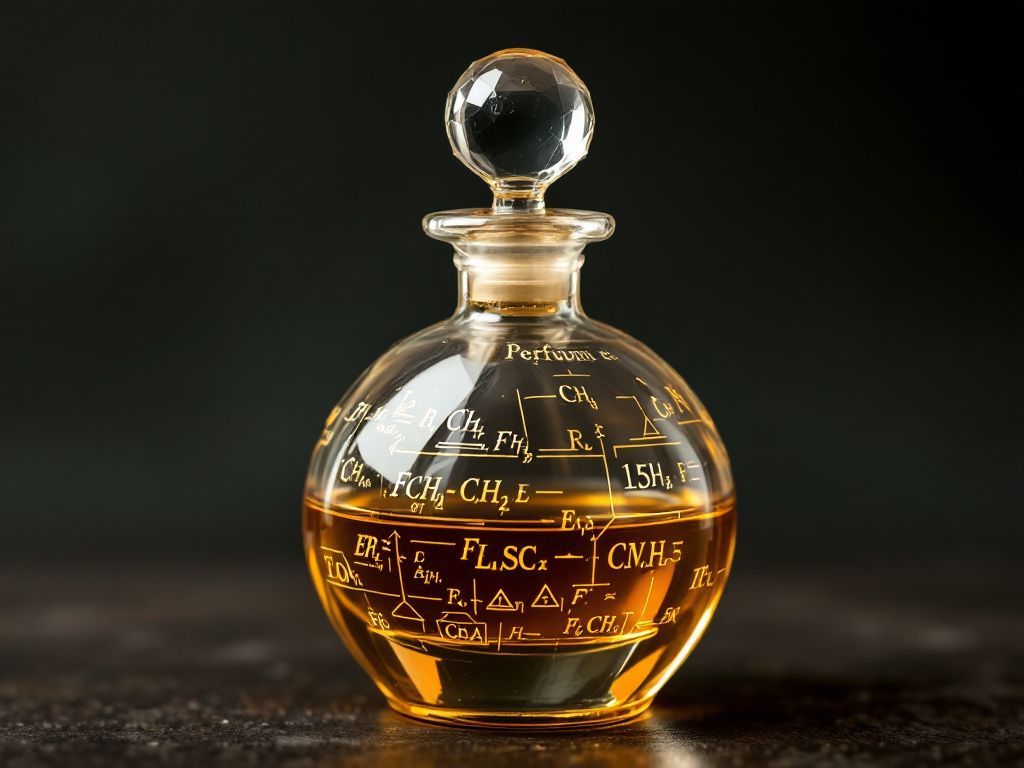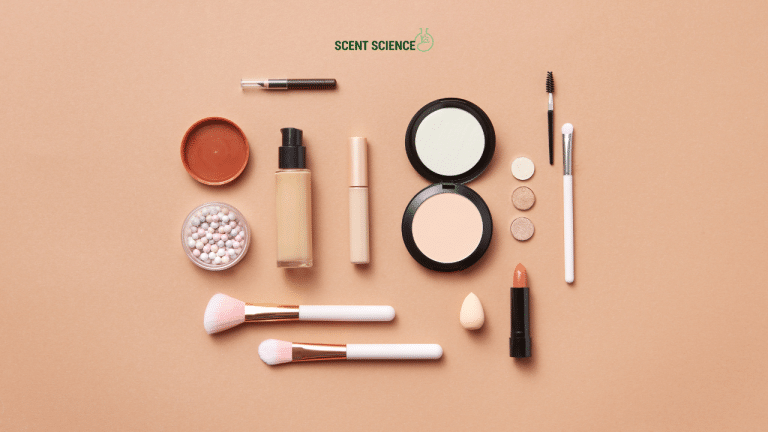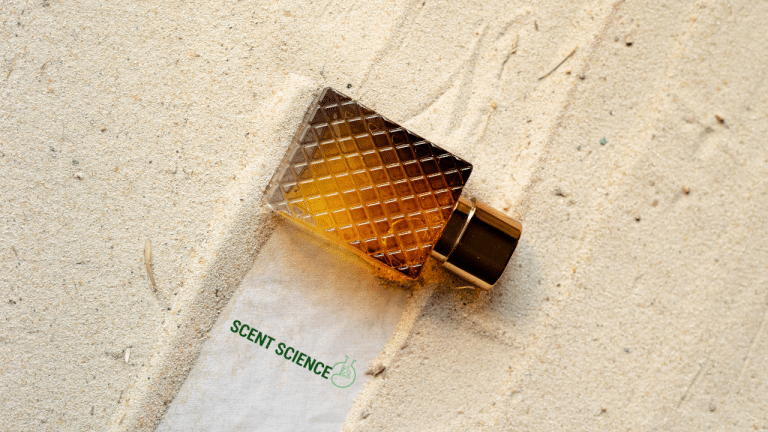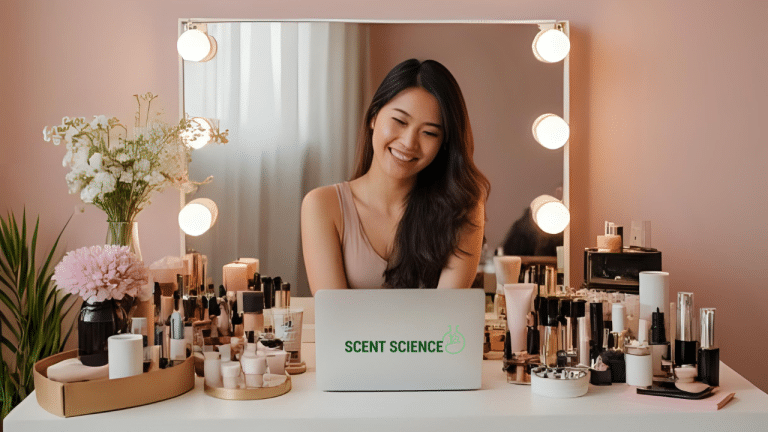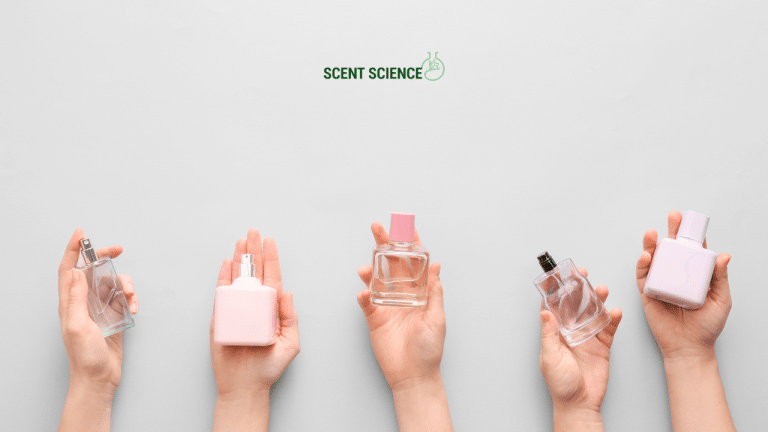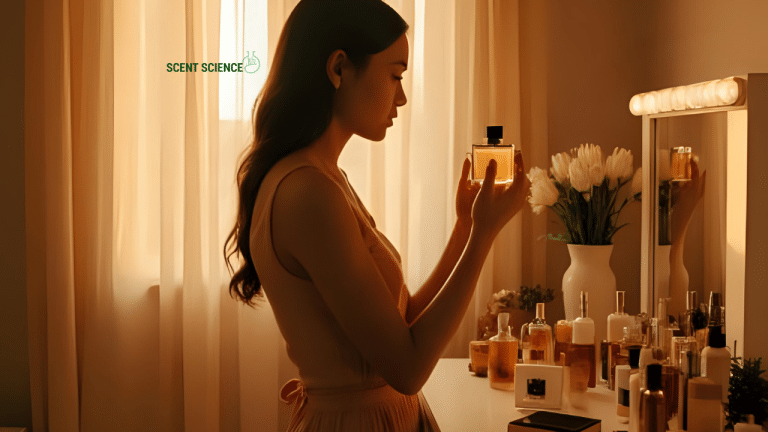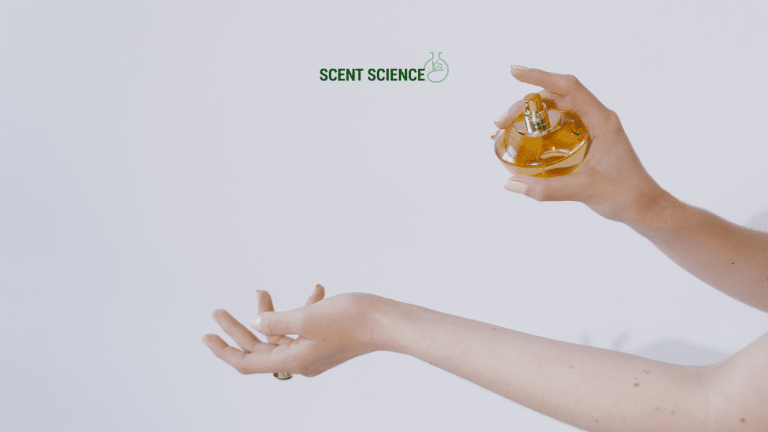Ever found yourself mesmerized by a particular fragrance yet entirely mystified by how that scent came into being? Yeah, the world behind that magical allure of perfumes is steeped in science—specifically in the intricate dance of chemical formulas. With chemical analysis at the heart of modern perfumery, it’s both an art and a precise science.
Let’s dive into this fragrant adventure of molecules and formulas—trust me, once you’ve wrapped your head around some basics, it makes choosing a perfume way more interesting. You’ll get a kick out of knowing what exactly goes into your favorite scent and why it resonates with you.
Table of Contents
ToggleWhy Chemical Formulas Matter in Perfumery
First things first, in perfumery, the fragrance chemical formula isn’t just some random mishmash. It’s the backbone of the whole fragrant masterpiece. Imagine creating a dazzling painting; instead of paints, perfumers use compounds like aldehydes, esters, and aromatic rings to conjure up scents. These are meticulously crafted formulas that decide whether a fragrance smells like a fresh lemon grove after a rain or a sophisticated evening gala.
Navigating the Scent Pyramid
Before we plunge into the chemistry, let’s address the perfume structure. Perfumes generally follow a scent pyramid—a triplet recipe comprising top notes, middle (or heart) notes, and base notes.
- Top Notes: These are the first impression layers of any fragrance—often citrusy or herbal, and pretty fleeting.
- Middle Notes: The heart of the fragrance shows up next, sticking around to shape the perfume’s main character.
- Base Notes: The foundation notes ensure longevity, lingering behind hours after the initial spray.
The Charm of Chemical Analysis
For perfumers, chemical analysis is like their secret decoder ring. By understanding and deconstructing the chemical formulas, perfumers can not only recreate natural smells but also fashion entirely new scents. Natural ingredients are often complex, containing a whole slurry of compounds, making their exact recreation without chemical analysis nigh impossible.
And those molecules? They’re precisely why a scent can evoke a nostalgia or a specific mood. Analyzing these chemical formulae paves the way to predict how a fragrance evolves once applied, which is a big deal in crafting iconic, timeless perfumes.

Understanding Fragrance Chemical Formulas
Sure, perfume isn’t magic, but there’s science so mystifying it might as well be. At this point, you’re probably wondering: “How do these specific chemical formulas make up a perfume, anyway?” Great question!
The Essential Molecules
Perfumery pivots on a few essential types of molecules—each interacts differently on skin, temperature, and over time:
- Aldehydes: Often found in fresh, citrusy top notes. They provide that initial splash that wakes up the senses. Remember Chanel No. 5? That sparkly opening comes from aldehydic compounds.
- Esters: These lovely molecules convey fruit-like aromas. They’re part and parcel in perfumes that aim to be light and playful.
- Ketones: Found within sweeter scents like in vanilla or cinnamon tones.
- Terpenes: These can be pretty versatile—featured within almost anything from citrusy top notes to resinous base notes.
Creating a Good Mixture – Let’s Spell Some Secrets Out
No perfumer reveals their formula exactly—it’s part trade secret, part artistry. But generally, the scent design hinges on balancing the right combination of concentration and evaporation rate—decided majorly by the types of compounds.
- Volatile Phases: Top notes comprise volatile compounds with rapid evaporation times—this quickness is needed since top notes introduce the scent.
- Middle-life Compounds: Balanced within evaporation, heart notes contain molecules that last longer—such as certain esters or moderate aldehydes.
- Long-lasting Base: Base notes hold the weight here, stability is gained using heavy, less volatile compounds for a lingering trail.
The Role of Synthetic Molecules in Perfume Design
While natural ingredients are captivating, synthetics carve their niche in modern perfumery. Why? Consistency and sustainability, among other factors. Take “Iso E Super” for example—this synthetic compound isn’t found in nature but broadcasts a warm, woody fragrance that’s captured admirers worldwide.
Synths in fragrances not only ensure we get the same consistent scent batch every time (helpful, right?) but also protect the basking scent landscapes like sandalwood reserves or floral fields from depletion. In fact, as many as two-thirds of perfumes today include notable synthetic molecules, driving both contemporary creations and trendsetting innovations.
Why Go Synthetic?

- Cost-effectiveness: Crafting scents solely from natural ingredients is often expensive.
- Consistency: Natural materials can vary year-to-year depending on climate—synths ensure uniformity.
- Innovative Scents: Some synthetic molecules create aromas altogether unattainable in nature—imagine an abstract scent like “leather” derived from plants. Pretty revealing!
A Quick Chat on the Molecular Journey
Understanding the reaction to warm skin, air, and moisture—the interaction of these molecules is what our sensory receptors interpret ultimately as smell. Ever wonder why perfumes smell different with body heat? Here’s the kicker:
Evaporation and Reaction to Skin
Different molecules evaporate at varying speeds—thus altering the perception over time. This makes them interact uniquely based on the temperature and even pH of your skin, leading to slightly different scent evolutions for everyone. Pretty neat, huh?
The Nose’s Neural Ballet
We can’t leave without touching the science behind sniffing! The olfactory receptors process chemical compounds into wiring your brain takes as specific scents. Even the tiniest structural changes in a molecule can give or strip away an aroma—sort of like changing a single note in a symphony. Our noses can differentiate around 10,000 scents. Yeah, who would’ve thought?
Common Mistakes to Avoid When Understanding Perfume Composition
Are your decisions based merely on top notes? If yes, you might be jumping the gun; there’s a lot more beneath those spontaneous, instant sparks. Let’s debunk some perfumery myths and common misunderstandings, shall we?
- Judging on Initial Impressions: Many purchase perfumes impulsively, based only on top notes. Ain’t nobody judging you — but patience will serve you better, truly.
- Ignoring Skin Chemistry: Vetting solely on fragrance strips can mislead; perfumes reveal true colors only in human context. Always test on skin before deciding.
- Neglecting Longevity vs. Sillage: Some might conflate longevity (lasting power) and sillage (projection). Not every long-lasting fragrance announces its presence overwhelmingly.
Reinforcing Good Decisions

- Let perfumes dance on your wrist for a few hours first—then making your call will add clarity.
- Don’t overdo sampling at a go—all scents meld into confusion eventually. Three, max.
- Consider the occasion—different formulas work well based on mood, attire, and even sunlight.
Crafting Your Scent Intelligence – Create Your Own Laboratory Scents
If curiosity nudges you to experiment with perfumery, why not take a gentle plunge? While complex perfumery might seem daunting, starting simple evokes immense joy. Especially domineering for crafting unique, personal fragrances—that’s where small-batch creative freedom shines.
Basic Steps
- Collect Essential Oils: Budding perfumers might begin here. Select essentials matching top, middle, and base balance—the scent pyramid, remember?
- Mix Proportionality: A trending blend can start with 60-70% base notes, 20-30% heart, and 10% top-layer notes plus alcool carrier (maybe around 75% alcohol to oils).
- Observe Evolution: Blend, observe, and iterate. Take note of change over varied wear times just like professionals, trust me on this; keeping patience gives inspiration a chance.
Final Thoughts: The Endless Fragrance Chronicle
So there you have it—chemical formulas harmonizing perfumery dreams often overlooked. Science watches olfactory aspirations dance intricately with perception. That humble bottle? A technical marvel.
Wave goodbye to mysticism and know horizons of scent combination varieties—this chromatic kaleidoscope awaits you. Who could imagine those unassuming aldehydes echoing into legendary scents? Most importantly, indulge, explore, and let chemical analysis sway your fragrant revelations and journeys.
Ultimately, whether embarking upon the recognition of fragrance chemical formula roles aids discernment or launching shiny-new aromatic endeavors takes courage—the dialogue between chemistry and perfumery nags curiosity irreducible and celebratory indeed.
Frequently Asked Questions
What is a fragrance chemical formula?
A fragrance chemical formula is a complex recipe composed of various aromatic compounds, including essential oils, aroma compounds, and synthetic ingredients. These components are blended in specific measures to achieve the desired aroma, with each note playing a specific role in the scent symphony[1][3].
How do the different notes in a fragrance formula interact and evolve over time?
The different notes in a fragrance formula interact by transitioning smoothly over time. Top notes are the initial scents perceived and fade quickly, heart notes (or middle notes) emerge as the top notes fade, and base notes are the lasting scents that remain after the other notes have dissipated. This structure ensures a harmonious and evolving fragrance experience[1][3].
What role does volatility play in the performance of a fragrance chemical formula?
Volatility is crucial in the performance of a fragrance, as it determines how quickly fragrance molecules evaporate. Volatile compounds (top notes) evaporate rapidly, providing an immediate scent, while less volatile compounds (base notes) evaporate slowly, allowing the fragrance to linger for hours[1][3].
What types of chemical compounds are commonly used in fragrance formulas?
Fragrance formulas often include various chemical compounds such as terpenes (e.g., limonene), aldehydes (e.g., vanillin), esters (e.g., ethyl acetate), and musk compounds. These compounds contribute different characteristics to the fragrance, such as fresh, floral, fruity, or sensual scents[1][3].
References
